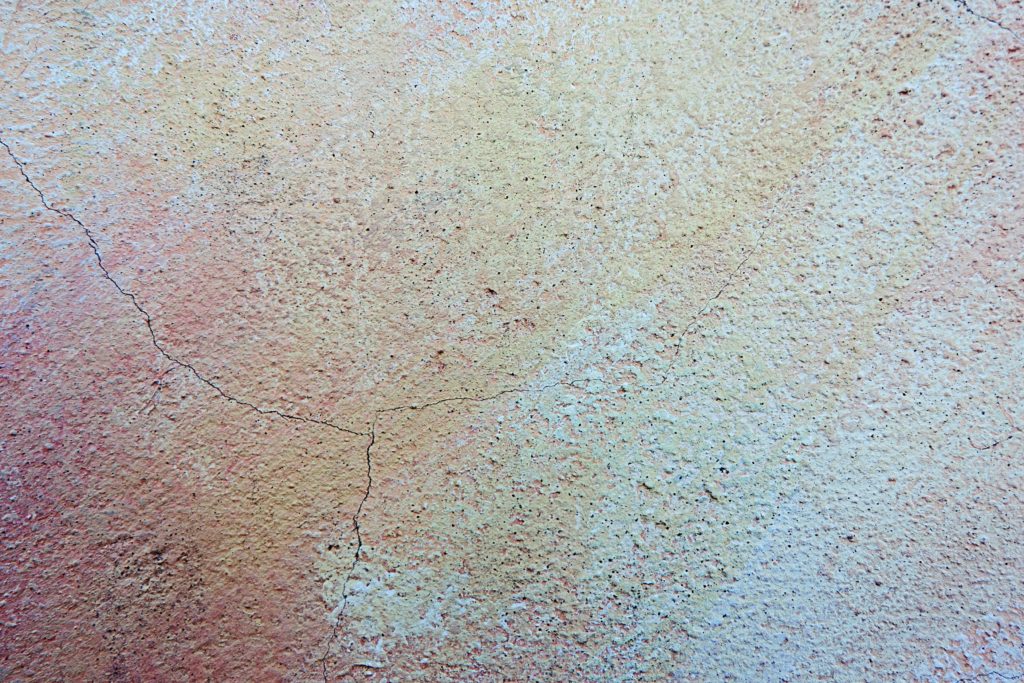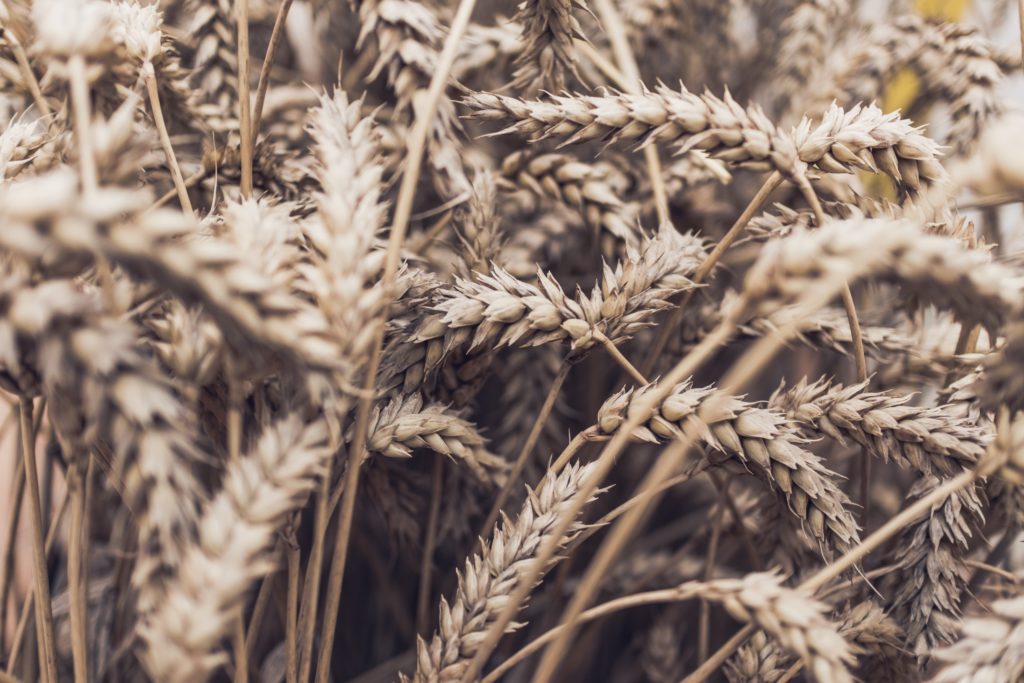In the previous post, we looked at how habits are formed. Today, we will talk a bit about which habits to form. I am advocating journaling and gratitude, as they can improve any current situation and also provide long-term benefits. Neither requires a premium of time or resources, yet they impact our mental and physical wellness and abilities enormously.

While we’re continuing on the premise that these habits are part of a morning routine, these could easily fit a bedtime or afternoon routine. The point is to simply to make time for intentional habits. We will look at examples and reasons to make time for the high-quality habits of journaling and gratitude by showing how they provide benefits provide a high return on investment, extending beyond the minimal time and effort they require.
Journaling
Everyone can benefit from having a real-time documentation of significant events or decisions over the course of our lives. When you go through a tough time, being able to write out those feelings and worries has been shown to help reduce anxiety and emotional distress. Additionally, once you have come out on the other side, you always have that record to consult; you’re not stuck grasping for unreliable memories. Further, you can keep track of important quotes or notes, and things you want to remember. You are able to process the day, reflect on changes you want to make, and look at areas where you are succeeding. Finally, you can use your journal to help you determine values, goals, and steps to take toward realizing them.
Journaling is extremely helpful for two main reasons: looking back on your thoughts, ideas or actions from an earlier time and keeping track of ideas and goals. You could say a journal keeps the past and future at your fingertips at all times.
Some famous journal keepers include President Ronald Reagan, the inspiring Anne Frank, Emperor Marcus Aurelius, explorer Captain Robert Falcon Scott, and naturalist Charles Darwin.
I’ve found that keeping a daily practice of reflecting on the previous day, and planning the next allows me to focus throughout the day and accomplish my to-do list and goals.
There are two things to determine when starting to journal: what you want to write about and how to develop the habit.

First, decide what you want to keep track of – what do you want to be able to look at again in the future? Perhaps you’d like to document your inner thoughts, or how you’ve handled problems and worries in real time? Or keep a record of television shows or books you’ve finished? Your favorite meals? Simply making sure you are drinking enough water and getting a daily to-do list completed? Each of these can be helpful, and there are dozens of examples and layouts for inspiration for each one.
Secondly, keep the habit ridiculously small. As we discussed previously, the key to forming habits is keeping them small enough to do easily. For journaling, perhaps that is writing down one sentence a day. Then, after maintaining that for a couple weeks, increase your daily journaling to two sentences, and continue to grow from there.
Here are some pointers to keep in mind:
- Make it part of a larger routine
- Be open to change; what works this year may not be appropriate next year. That’s the nature of life and that is okay.
- Be okay with it not being perfect
- Make it obvious
- Take your journal with you so you can capture notes or ideas anywhere
Journaling can mean many things to many people. There are no rules; whatever works for you is fine. However, this open-ended freedom often paralyzes us and prevents us from taking the first steps.
Below, I’ve outlined three methods using pen and paper, though you could modify them to use within an app or on the computer.
Bullet journaling
Bullet journaling is a journaling method focused on simplicity put together by art director Ryder Carroll. It breaks down your entire day to a list of tasks, thoughts, or ideas and organizes them by symbol. Bullet journaling, or bujo, is almost a cross between a list and a reference book. This keeps the layout simple, and because it is well organized, you can quickly reference notes or ideas from other dates. All you need are a notebook (any notebook) and pen.
Carroll came up with the method after being diagnosed with ADD and needing a streamlined way to keep up with ideas, quotes, and projects. He considers it a productivity system for intentional living. It has amassed a following of millions; with entire YouTube channels and blogs dedicated to functional and inspiring bujo layouts. Pinterest and Instagram also have thousands of bujo accounts and images.
The original bullet journal method breaks down your agenda into months, weeks, and days; then takes note of the information and adds to an index. It is a great system for containing all your important notes, reminders, and to-do’s in a single place. Instead of having a calendar, post-it note reminders, and fragments of paper to keep up with, everything gets written down in a single notebook.
This is an informative deep-dive on how to get started.
As Carroll says, “The only thing that the bullet journal needs to be is effective, and how it can best serve its author is entirely up to them.”
My favorite thing about this system is it is entirely and easily customizable. If you don’t need a category, don’t use it. If you need to add a category, simply write in a symbol for it, and off you go. I’ve used bullet journaling for the last six years, customizing here and there along the way. My journal tracks daily writing and reading prompts, emails to send, birthdays, workouts, appointments; the minutia of life, all in one place.
Traditional journaling
With a more traditional approach, you reflect on the day’s events and your observations of them. Perhaps you could document a meaningful conversation. You can also write down your goals or hopes for the next day, month, or year. Other options are keeping track of what you’ve done in the past day, or your thoughts around a decision.
Again, start small. You don’t need to produce award winning prose. Start small, with one sentence, and build the habit. Start with a quote you came across during your reading or a funny thought you had. Start with the weather. Start with a sentence you heard at work. Just start. Stay small for a week or two. Then, progress gradually into processing the day’s events or outlining your goals.

Keep lists and track habits
Keep a daily to-do list of three to five things max.
The key here is to decide what is important and get to work. This also eliminates the intimidation of the blank page. Making a list of three things to accomplish every morning sets your day up to be a success. Keeping the list limited helps you to focus, provides a visual reminder, and starts every day with a plan, great or small.
Track habits you want to do daily, or want to change.
The Seinfeld method is essentially a habit tracker; you cross off every day you successfully complete the habit, and work to keep building the chain or habit.
Having a daily habit tracker can be powerful for three reasons:
- It serves as a visual cue.
- It provides motivation.
- It reinforces the habit.
I’ve used habit trackers for about four years to keep track of workouts, reading, drinking water, and going to bed on time.
Common habits to track:
- going to bed on time
- waking up on time
- going to the gym
- unloading the dishes
- drinking x ounces of water
- gratitude
- contacting potential clients
- calling a friend or parent
Or track habits you want to avoid: - no Netflix
- no fast food
- no spending money
- no alcohol
This post has also additional ideas for layouts and habit you may want to track.

Gratitude
Expressing gratitude is a habit we all know we should do more, yet rarely make efforts toward improving.
“Cultivate the habit of being grateful for every good thing that comes to you, and to give thanks continuously. And because all things have contributed to your advancement, you should include all things in your gratitude.”
Ralph Waldo Emerson
“In every thing give thanks: for this is the will of God in Christ Jesus concerning you.”
1 Thessalonians 5:18a
“Let not your mind run on what you lack as much as on what you have already.”
Marcus Aurelius
The more we study gratitude, the more emotional, mental, and physical benefits we uncover.
Gratitude is the act of giving thanks for the things, people, events in your life. It is an expression of acknowledging the good things we have, and a reflection on our small part in this massive world. It helps relieve stress, and can help strengthen relationships. We enjoy being thankful, as hedonistic as that sounds. It translates into kindness and more empathy toward others. It’s a good practice in humility and, it turns out, is good for us as well.

Gratitude benefits us in several ways:
- It can help strengthen our immune system and reduce risks of certain diseases
- It makes us more optimistic.
- Protects against and reduces anxiety.
- Reduces materialistic motivations
- It can help us be more patient
- We sleep better
Reflecting on why we are grateful for the things we list helps us stay present as well.
When we reflect on the good in our lives, we are motivated to act in positive ways. This sense of gratitude propels us forward toward our goals. As we accomplish goals, we reflect on them with gratitude, and the positive feedback loop continues. Looking at the past and present around us shapes our ideas of what the future can and should be, and influences us to act accordingly.
The best part is beginning a gratitude practice is simple. Place a notebook somewhere you will see it at the same time everyday; by your bed or the coffee maker, for example, and write out one to five things you are grateful to have or experience. Reflect on these aspects of your life and why you are grateful for them. In the beginning, this should take less than two minutes, in order to build the habit. As the practice becomes more routine, you can add more time to this part of your day.
Conclusion
It’s amazing to think that such small habits can effect our mood, perspective, emotional state, and ultimately decision making processes. Just as how a few degrees make a massive difference in whether a plane or ship stays on course, so our few daily habits can make a huge difference in the directions our lives ultimately take.



